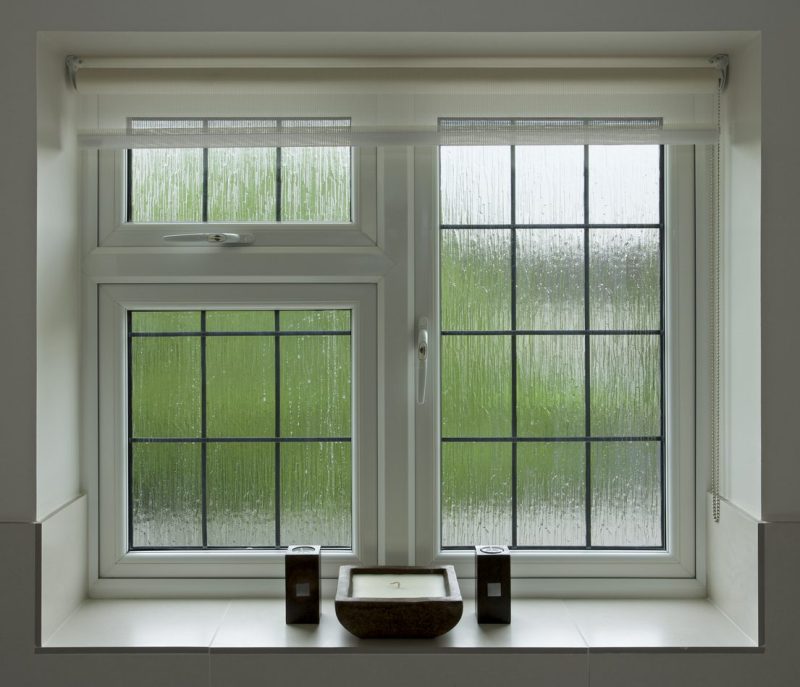All Categories
Featured
Table of Contents
What Are Double Glazed Windows? - Build in Woodvale Western Australia
Glazing just indicates the windows in your house, including both openable and set windows, in addition to doors with glass and skylights. Glazing in fact simply means the glass part, but it is normally utilized to describe all elements of an assembly consisting of glass, movies, frames and furnishings. Taking notice of all of these aspects will assist you to attain efficient passive design.

Energy-efficient glazing makes your home more comfy and considerably decreases your energy expenses. Inappropriate or inadequately developed glazing can be a significant source of unwanted heat gain in summertime and significant heat loss and condensation in winter season. Approximately 87% of a house's heating energy can be acquired and approximately 40% lost through windows.
Double Glazing - Windows - Doors in Wattle Grove WA
Glazing is a significant investment in the quality of your house. The expense of glazing and the expense of heating and cooling your house are closely associated. A preliminary financial investment in energy-efficient windows, skylights and doors can greatly minimize your yearly cooling and heating bill. Energy-efficient glazing also lowers the peak heating and cooling load, which can minimize the required size of an air-conditioning system by 30%, leading to further cost savings.

This tool compares window choices to a base level aluminium window with 3mm clear glass. Comprehending a few of the essential residential or commercial properties of glass will assist you to pick the finest glazing for your house. Key homes of glass Source: Adjusted from the Australian Window Association The amount of light that passes through the glazing is referred to as noticeable light transmittance (VLT) or visible transmittance (VT).
What Are Double Glazed Windows? in Brigadoon Perth
This may lead you to turn on lights, which will lead to higher energy expenses. Conduction is how easily a product performs heat. This is understood as the U value. The U value for windows (expressed as Uw), describes the conduction of the entire window (glass and frame together). The lower the U value, the higher a window's resistance to heat circulation and the much better its insulating value.
For instance, if your house has 70m2 of glazing with aluminium frames and clear glass with a U value of 6. 2W/m2 C, on a winter season's night when it is 15C chillier outside compared with inside your home, the heat loss through the windows would be: 6. 2 15 70 = 6510W That is comparable to the overall heat output of a large room gas heating unit or a 6.
Which Double Glazed Windows Are Best For Summer? in Burswood WA

If you choose a window with half the U value (3. 1W/m2 C) (for instance, double glazing with an argon-filled gap and less-conductive frames), you can cut in half the heat loss: 3. 1 15 70 = 3255W The solar heat gain coefficient (SHGC) for windows (expressed as SHGCw) measures how easily heat from direct sunlight streams through a whole window (glass and frame together).
The lower a window's SHGC, the less solar heat it sends to the home interior. The real SHGC for windows is affected by the angle that solar radiation strikes the glass.
What Are Double Glazed Windows? - Build in Wandi WA
When the sun is perpendicular (at 90) to the glass, it has an angle of incidence of 0 and the window will experience the optimum possible solar heat gain. The SHGC stated by glazing manufacturers is always calculated as having a 0 angle of occurrence. As the angle increases, more solar radiation is reflected, and less is sent.
Latest Posts
Double Glazed Windows: A Complete Guide in Kelmscott WA
How Does Double Glazing Keep Heat Out? in Lathlain Western Australia
A Complete Guide To Double Glazed Windows in Wembley Downs WA